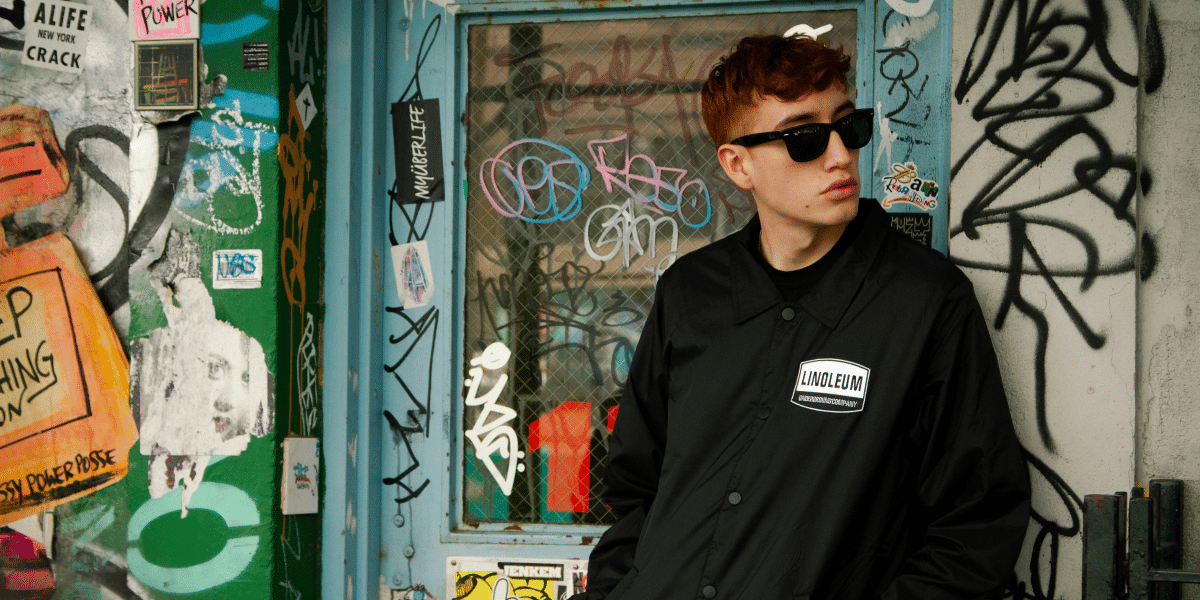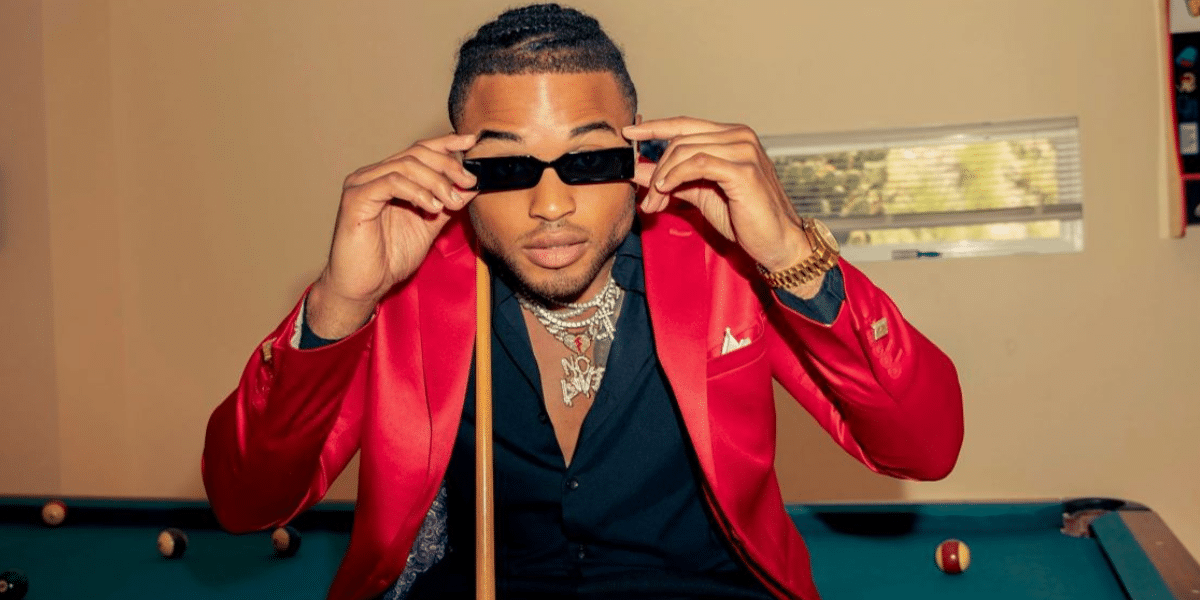Streetwear’s Rise to Prominence
In recent years, the fashion landscape has witnessed a notable transformation, with streetwear emerging as a dominant force shaping mainstream trends. The evolution of this urban-inspired style has transcended its niche origins, permeating high-end runways and redefining the fashion narrative.
The meteoric rise of streetwear can be attributed to its roots in subcultures, embracing authenticity and self-expression. The movement gained momentum on the streets before infiltrating traditional fashion spheres. This shift reflects a broader societal move towards casual, comfortable attire that resonates with diverse audiences.
Streetwear’s Impact on Design Aesthetics
Characterized by bold logos, oversized silhouettes, and a fusion of athletic and leisure elements, streetwear has challenged conventional notions of high fashion. Designers now draw inspiration from the streets, integrating edgy, urban elements into their collections. This democratization of style has blurred the lines between high and low fashion, making trends accessible to a wider demographic.
Streetwear’s influence extends beyond clothing, permeating accessories, footwear, and even beauty trends. Logomania, a hallmark of streetwear, has become a defining feature in luxury branding, showcasing the crossover between urban authenticity and high-end appeal.
Collaborative Culture in Fashion
One of the driving forces behind streetwear’s assimilation into mainstream fashion is its collaborative ethos. Streetwear brands frequently engage in partnerships with established fashion houses, musicians, and artists, creating a cross-pollination of styles. These collaborations not only introduce a fresh perspective to design but also foster a sense of inclusivity and diversity within the fashion industry.
Cultural Impact and Representation
Streetwear’s influence on mainstream fashion goes beyond aesthetics; it is a reflection of cultural shifts and the celebration of diversity. Streetwear often draws inspiration from various subcultures, giving a platform for underrepresented voices. This inclusivity resonates with consumers who seek clothing that aligns with their values and experiences, challenging the traditional standards set by the fashion industry.
Mainstream Brands Embracing Streetwear Elements
Recognizing the appeal of streetwear, mainstream brands have actively incorporated its elements into their collections. From luxury labels launching streetwear-inspired lines to fast fashion brands adapting urban aesthetics, the integration is evident. This convergence signifies a departure from rigid fashion norms and an acknowledgment of the evolving preferences of today’s consumers.
The Future of Fashion: A Hybrid Paradigm
As streetwear continues to exert its influence on mainstream fashion, the industry is witnessing a paradigm shift. The future seems to embrace a hybrid model, where streetwear seamlessly coexists with more traditional styles. This fusion allows for a dynamic and ever-evolving fashion landscape that caters to the diverse tastes of a global audience.
The influence of streetwear on mainstream fashion is undeniable, marking a departure from the conventional and paving the way for a more inclusive and eclectic fashion era. This shift not only impacts design aesthetics but also reflects broader cultural changes, signaling a new chapter in the ever-evolving saga of fashion trends.






